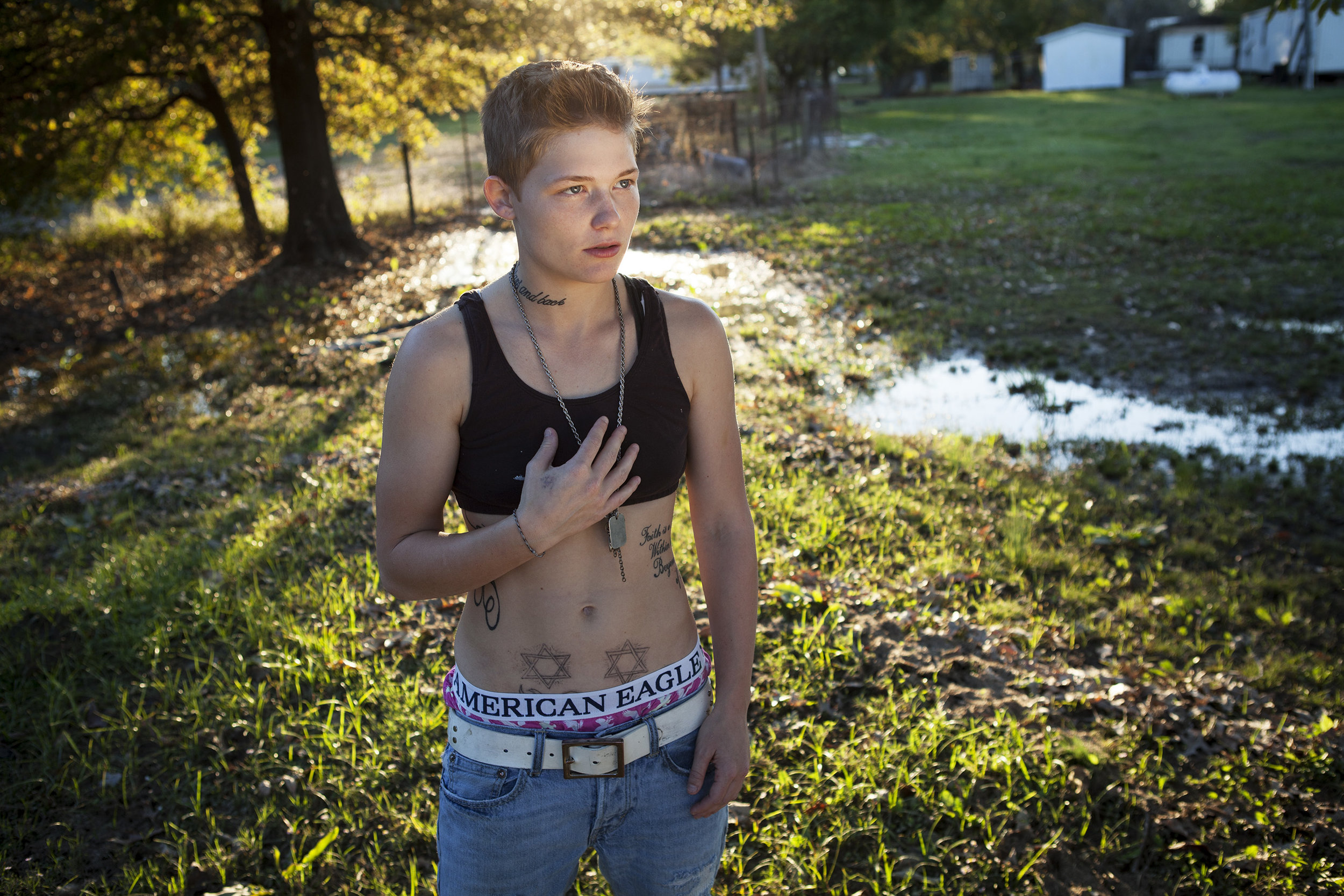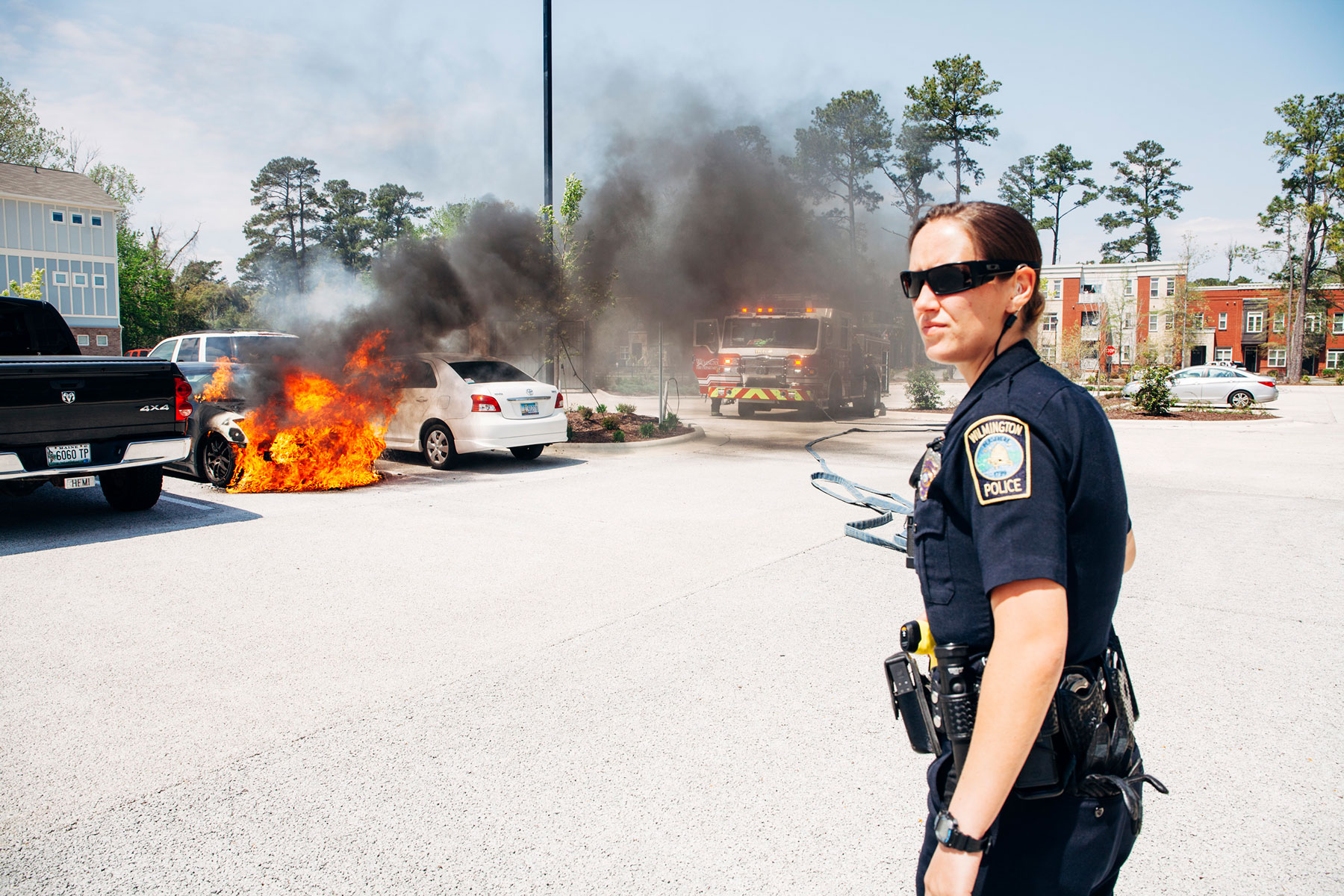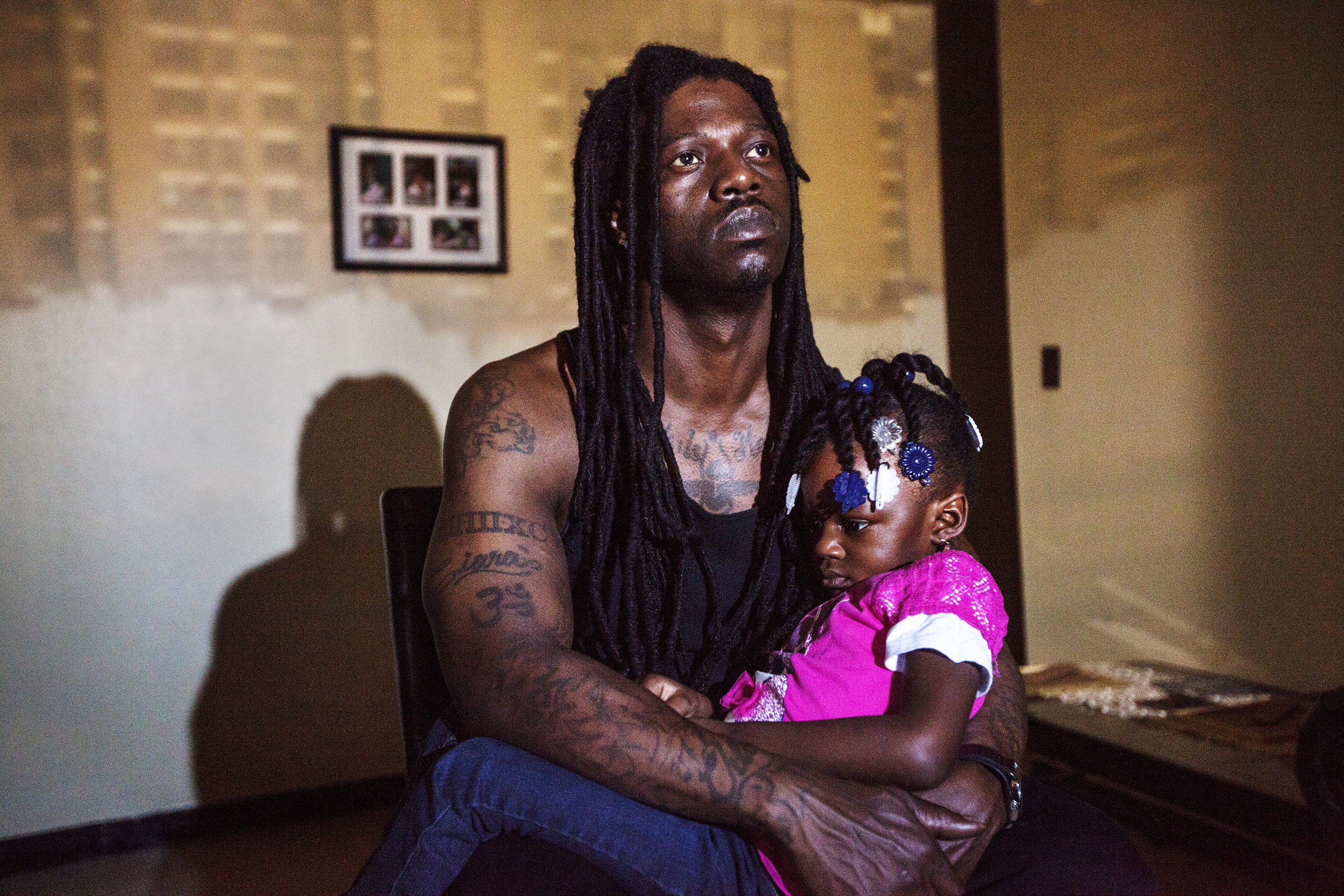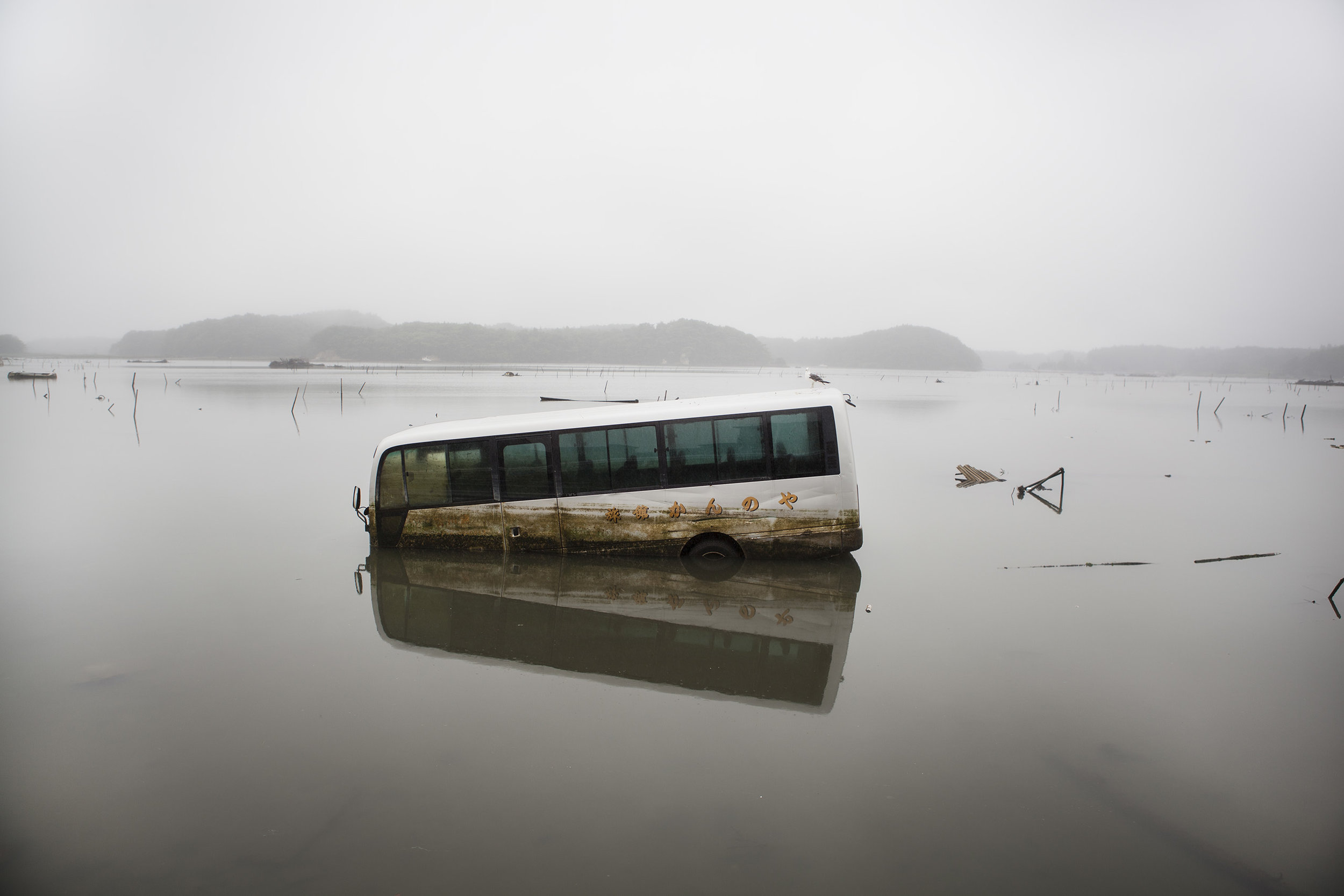
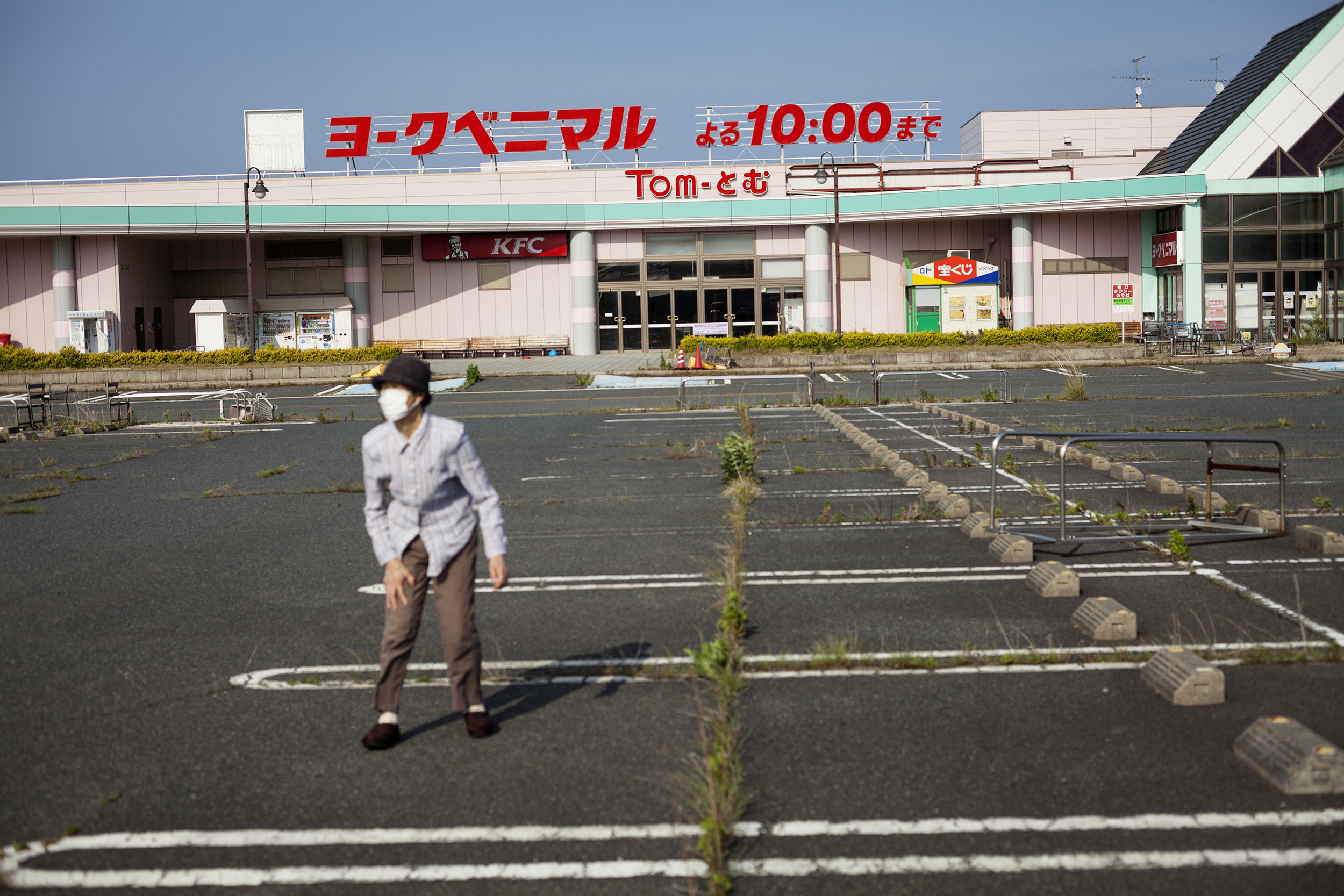
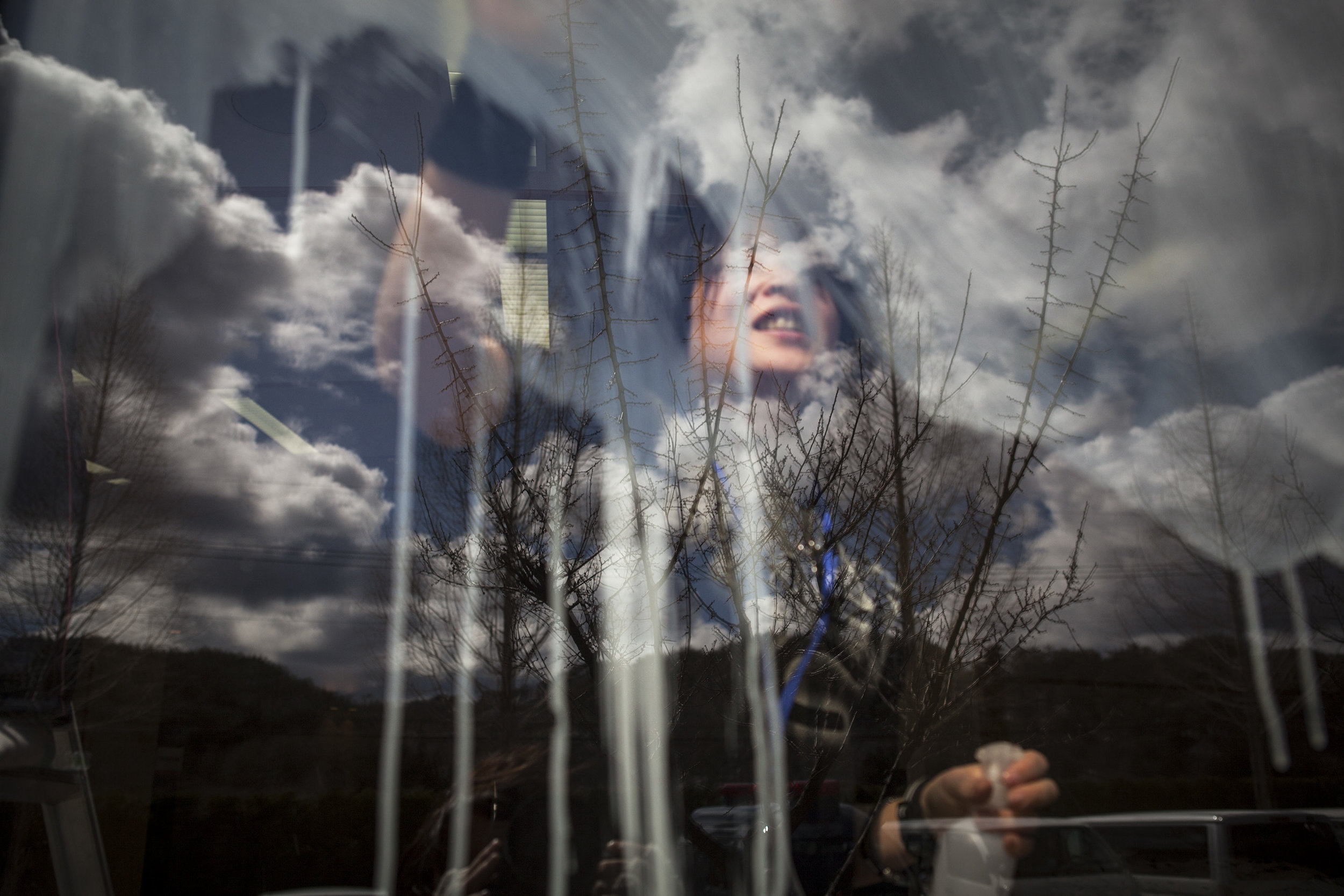
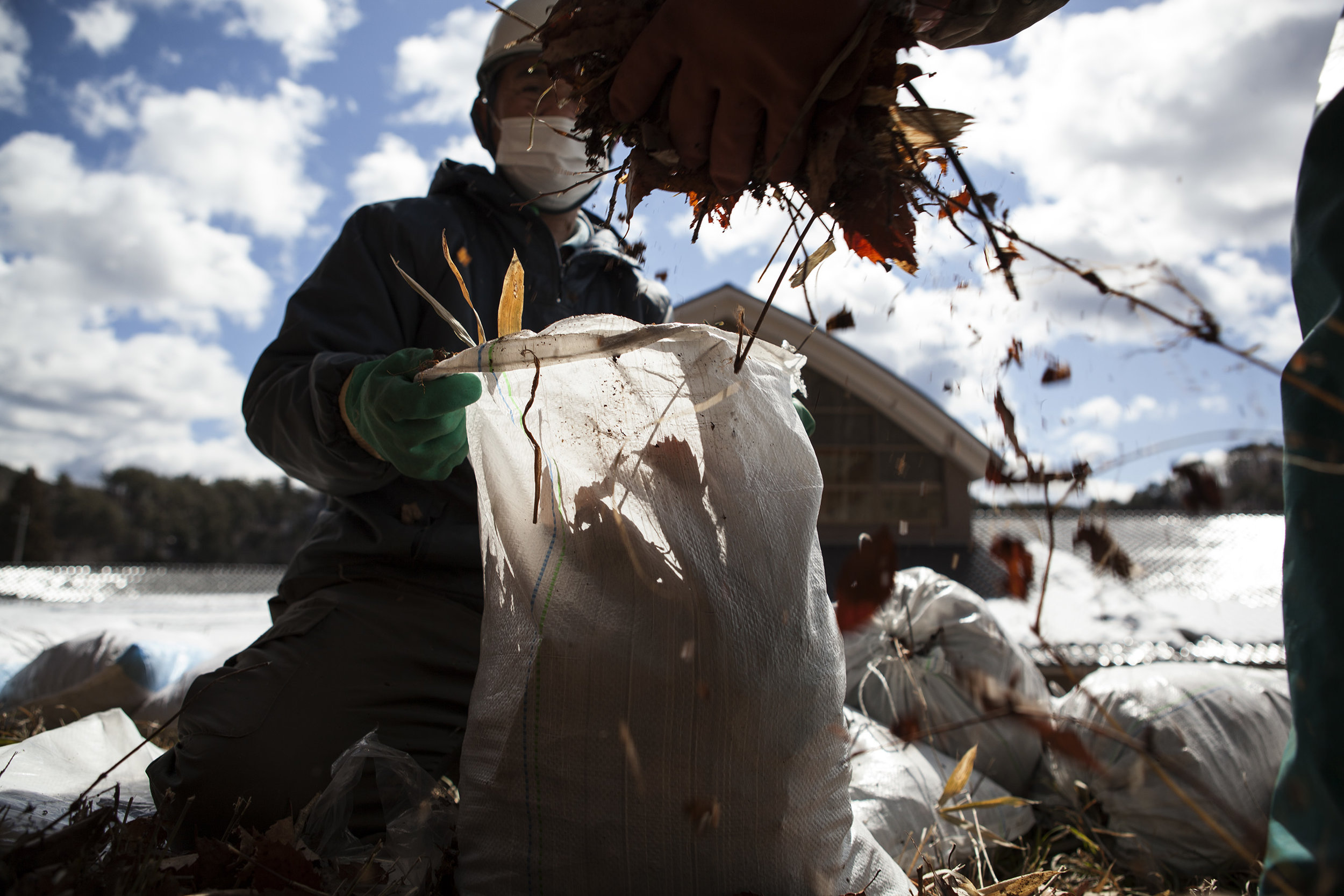
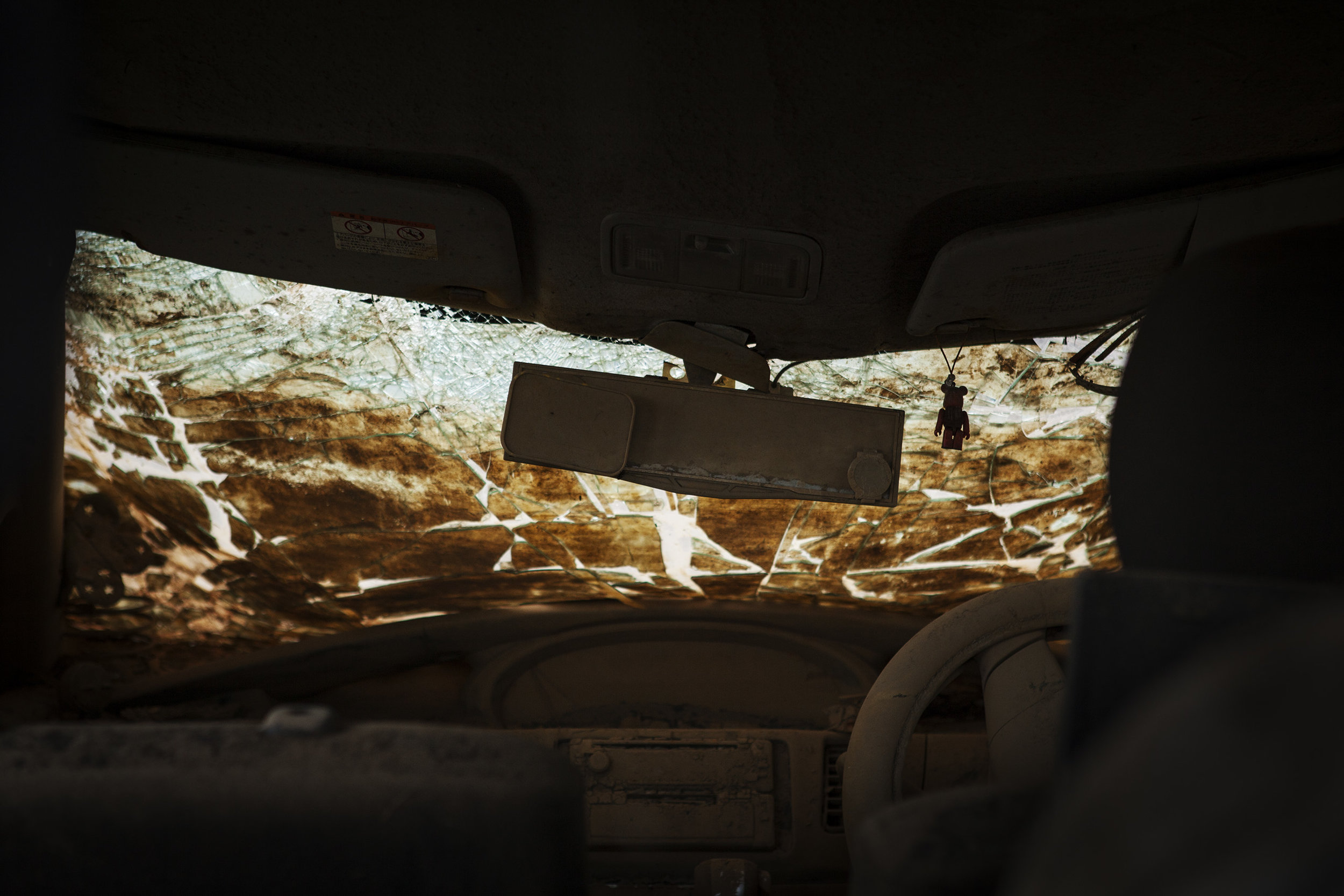

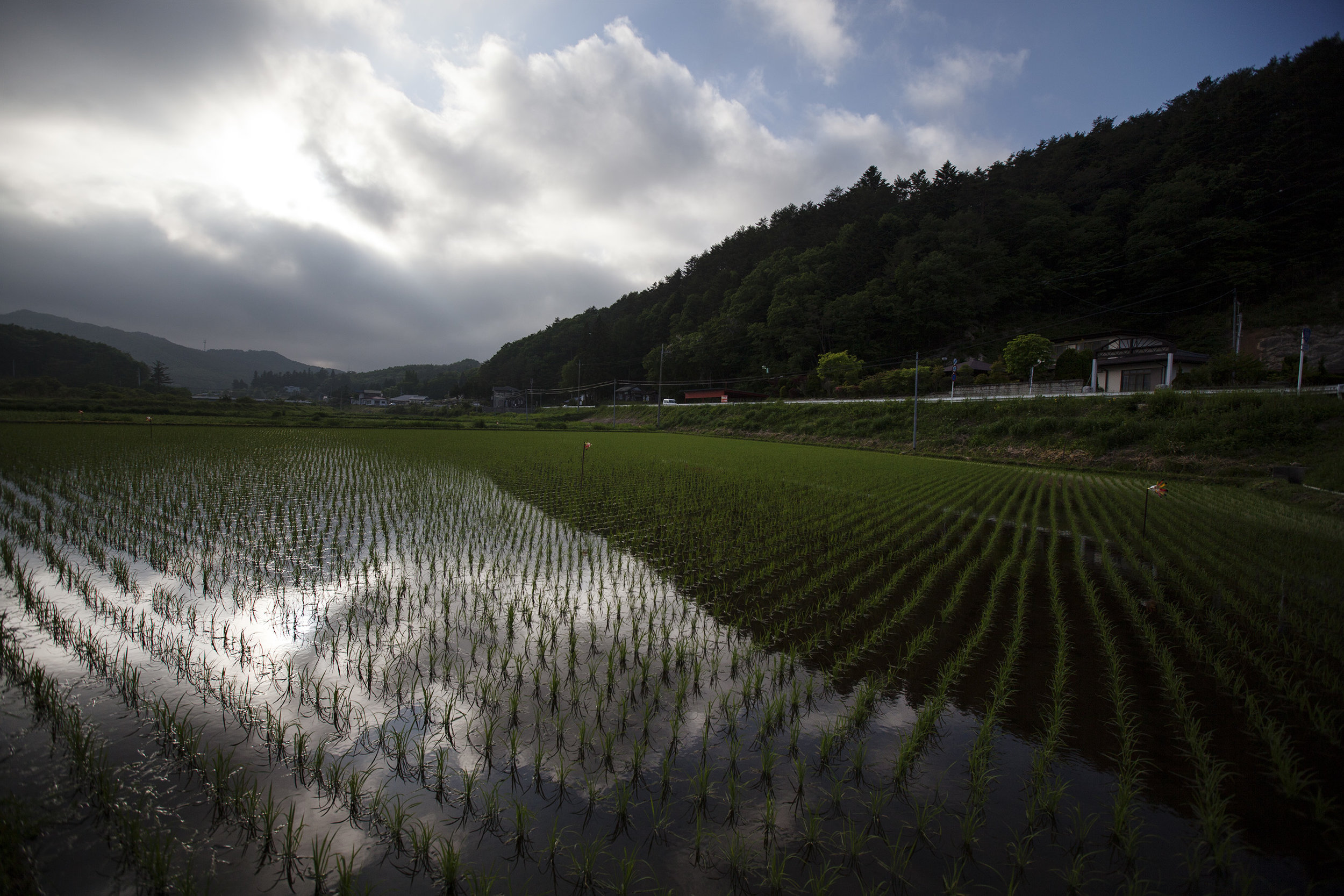
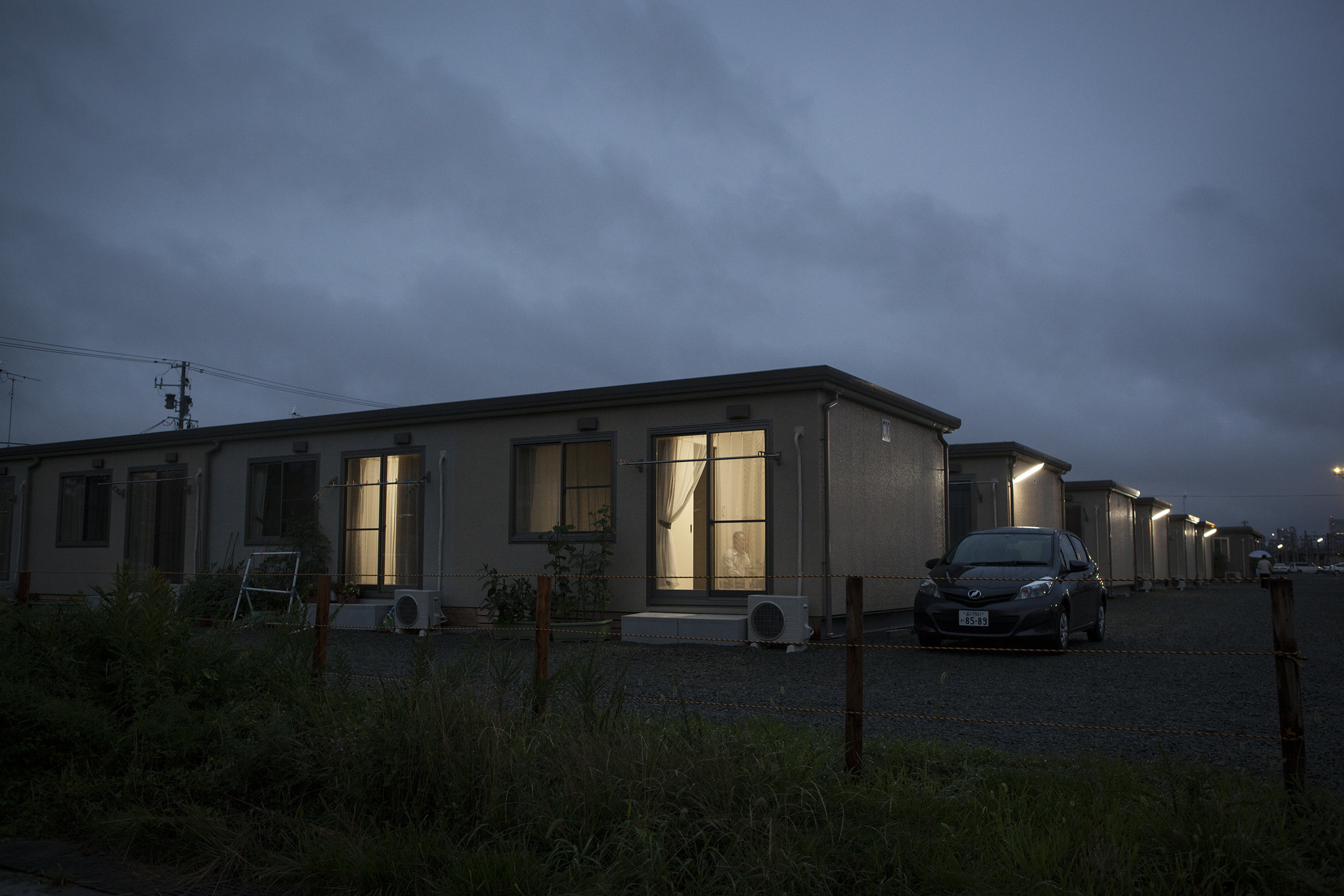
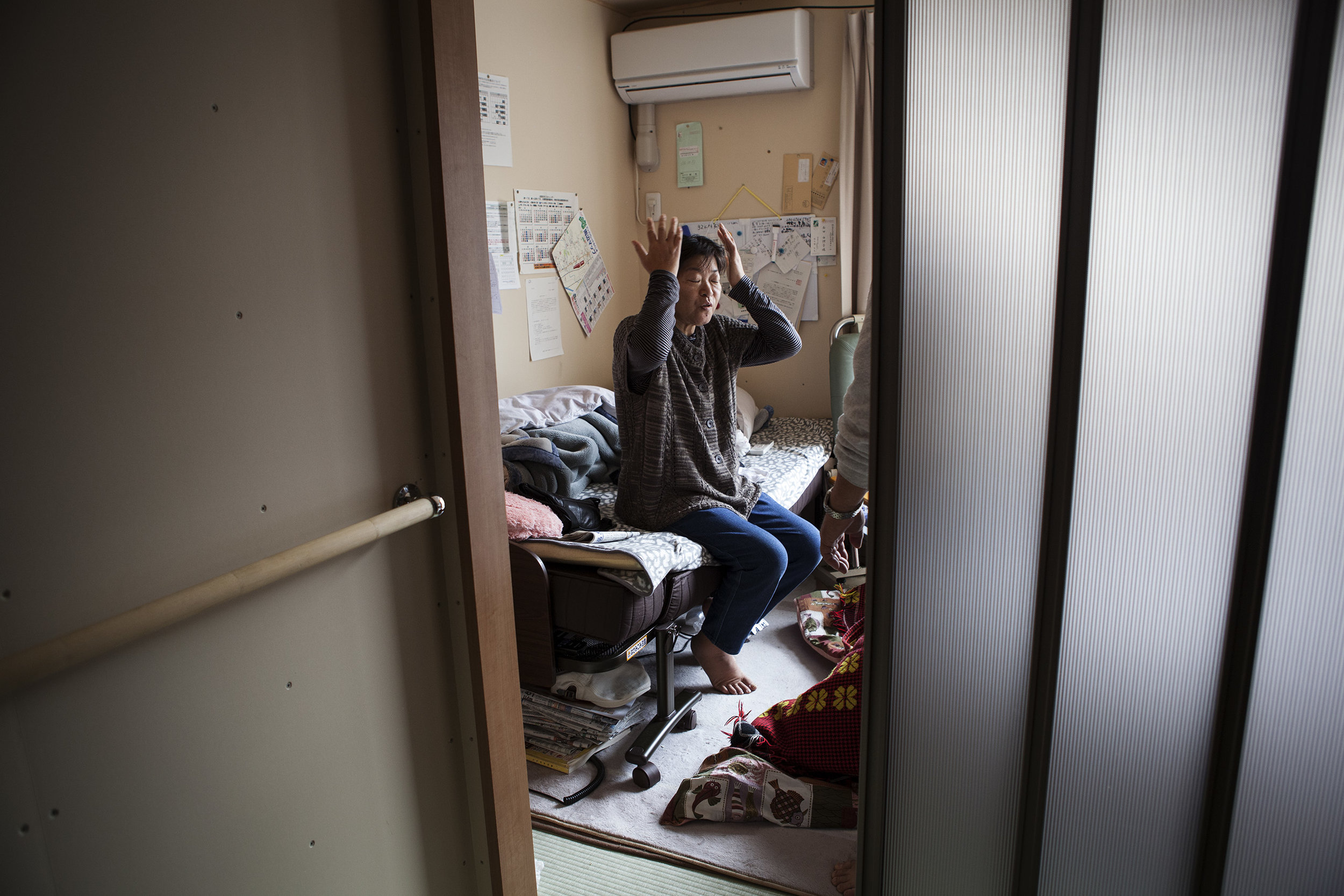
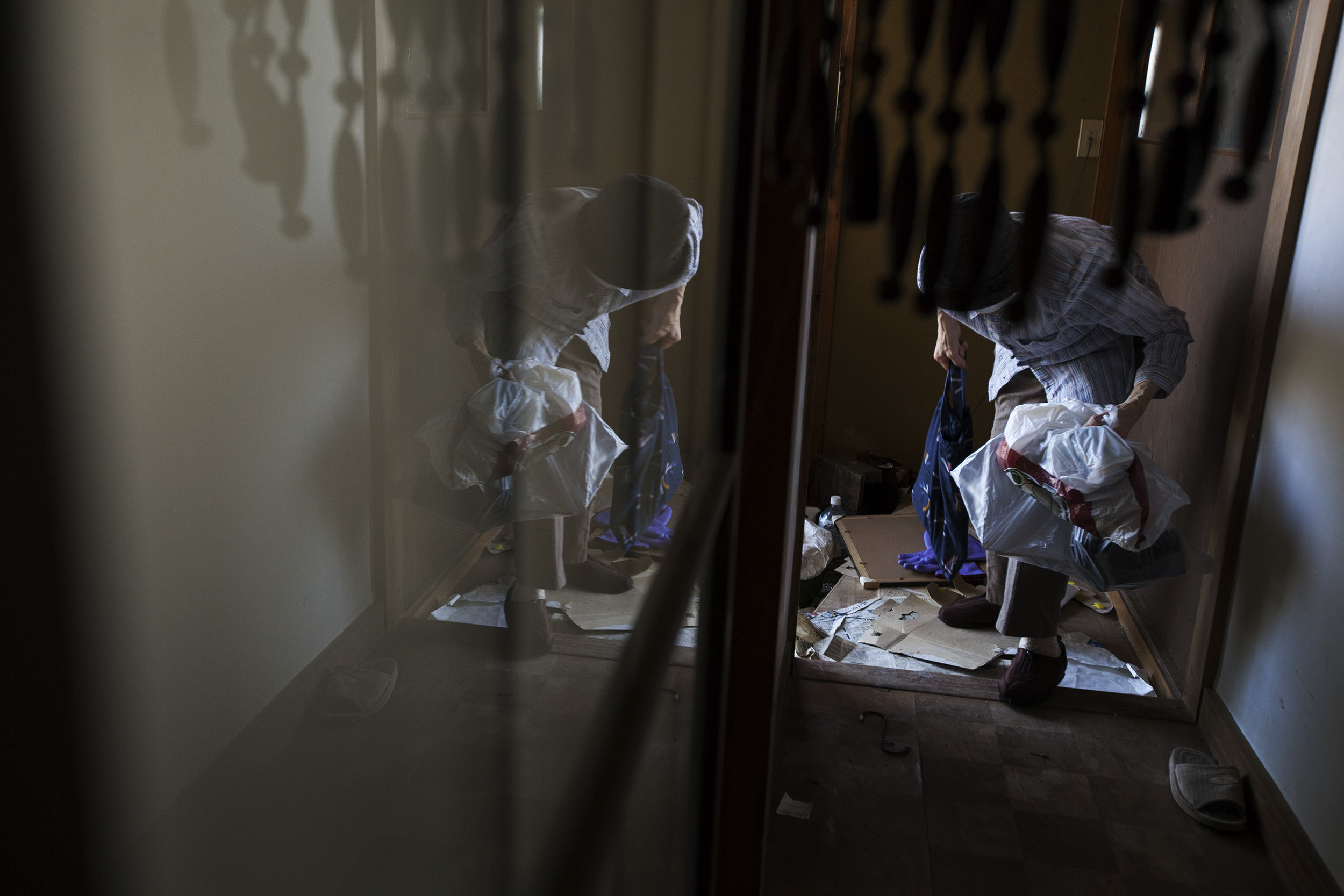
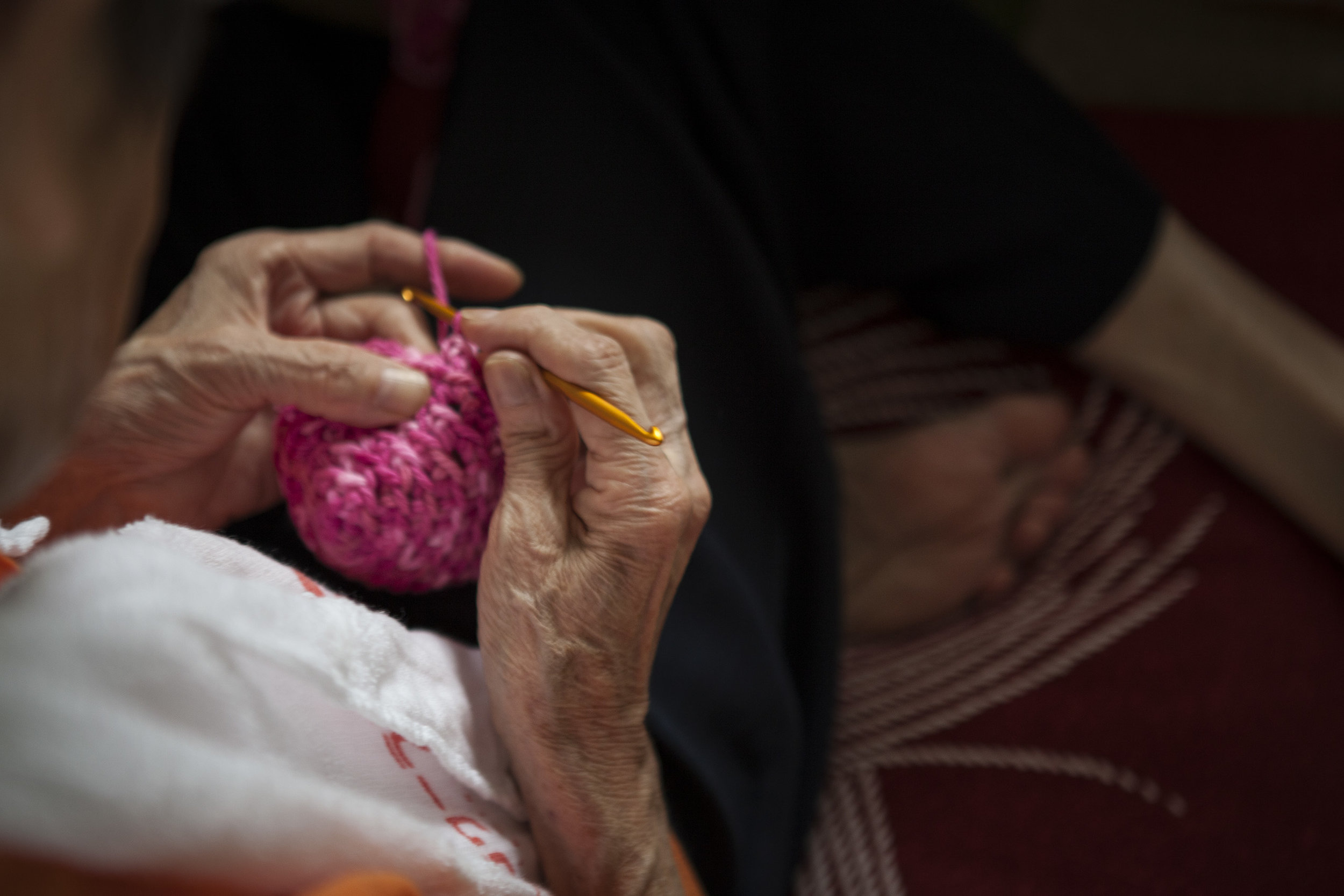
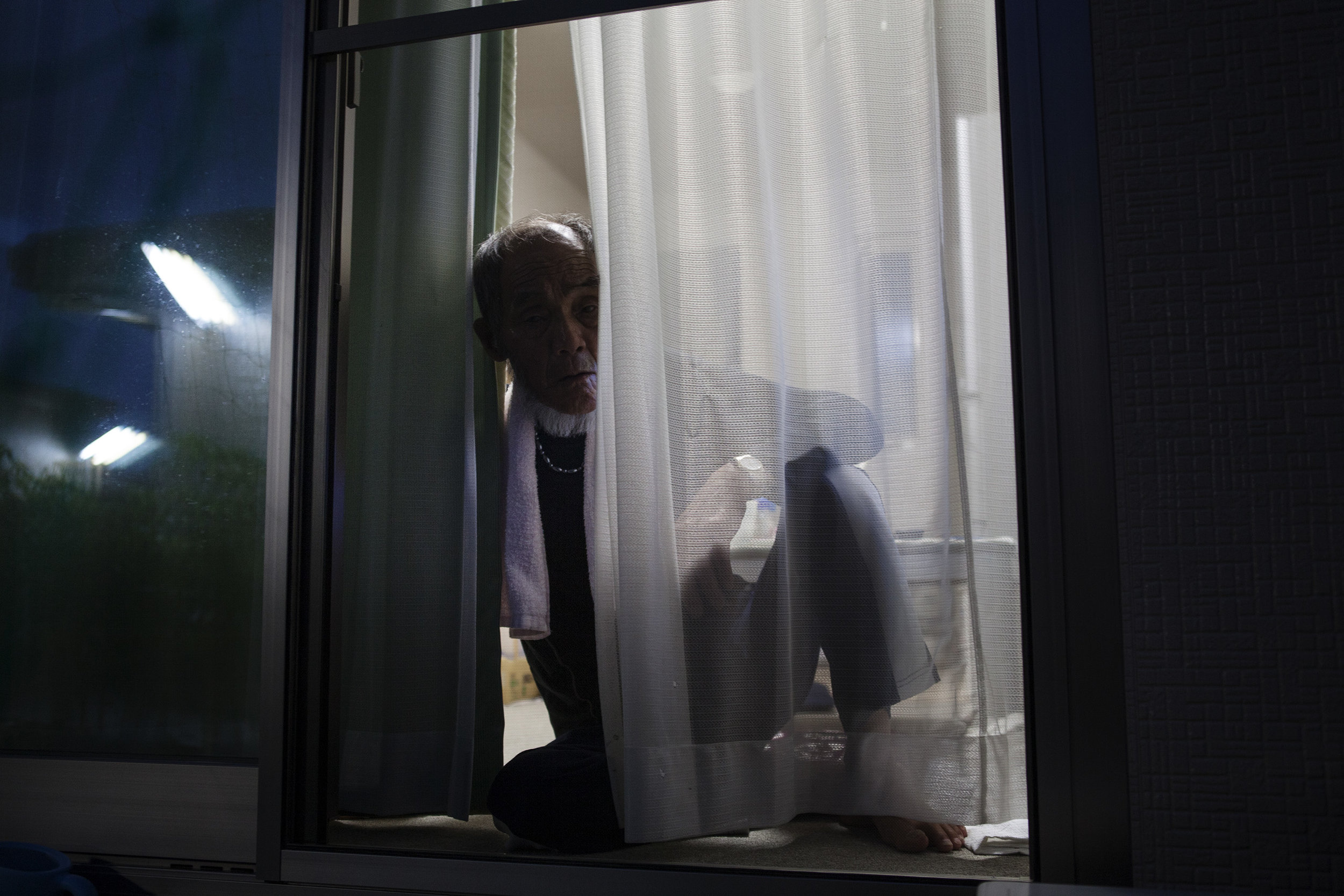
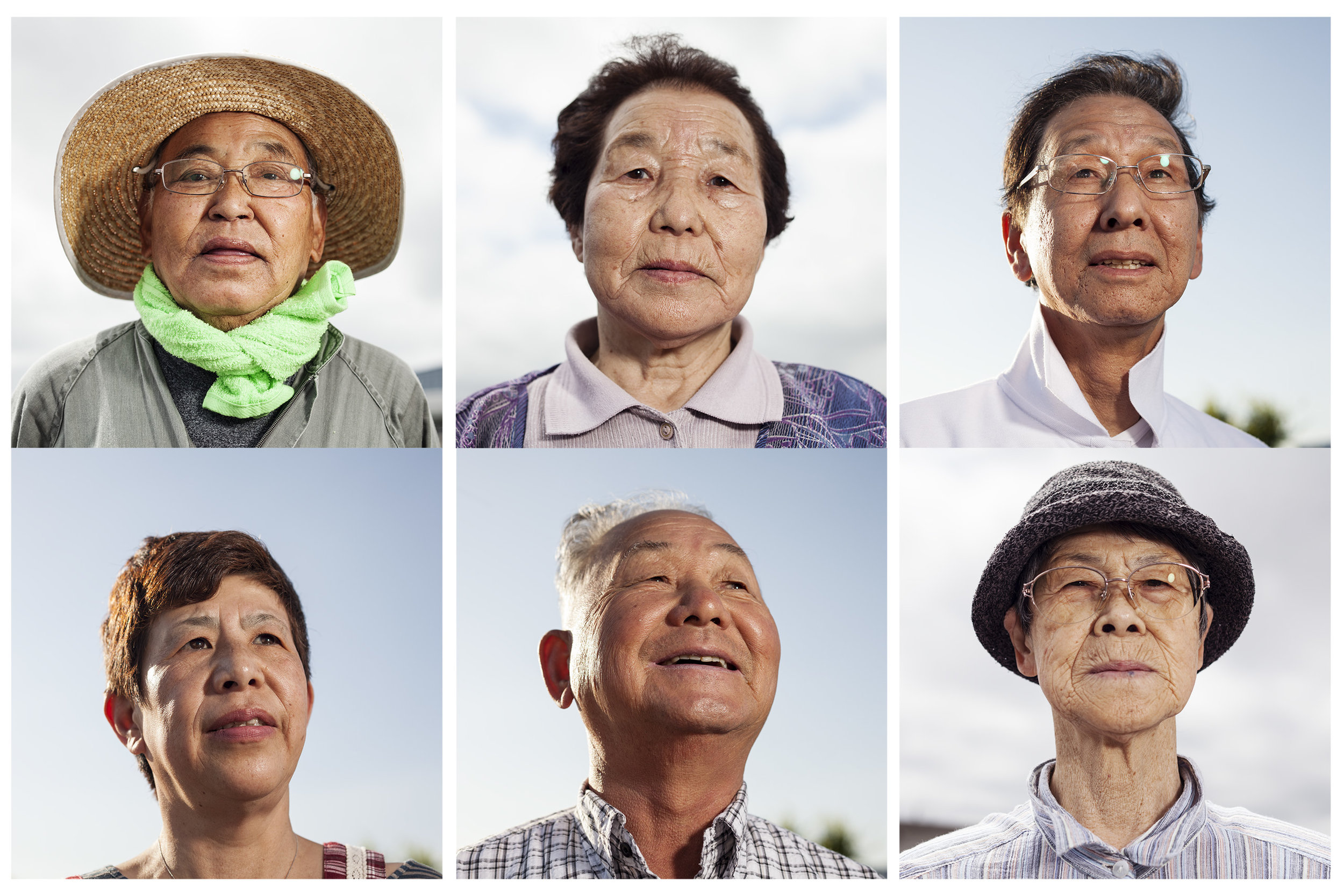
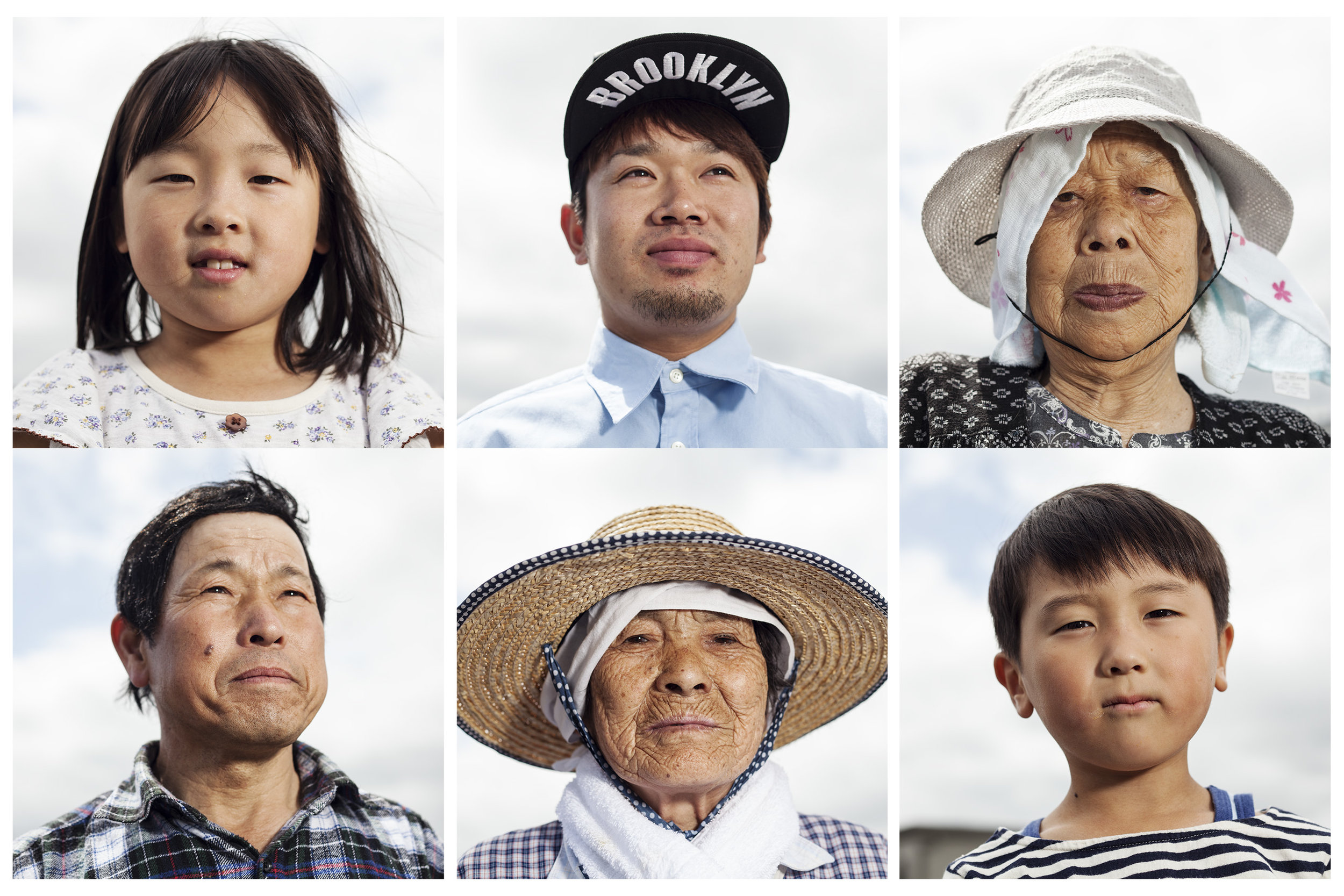
San Ichi Ichi
On March 11, 2011 an earthquake with a 9.0 magnitude shook Northeastern Japan. Houses collapsed, roads splintered and car alarms were heard throughout the eastern seaboard. Shortly thereafter, the government issued tsunami warning went off. There were those who scrambled to the top floor of their houses and those who packed up their cars with futons, toiletries, and some extra clothes with “should this be a few nights” in mind. There were others who grabbed medical ID’s, pets and precious items from the shrines of their ancestors “should this be a month.”
In Fukushima Prefecture, the third and most permanent disaster in the series followed; a nuclear meltdown occurred at Tokyo Electric’s Fukushima Daiichi plant. Initially there was only a suggestion but by mid-April the government was mandating that the residents of Tomioka and parts of Kawauchi leave indefinitely. Over one year later an estimated 100,000 Nuclear Refugees are living in government issued temporary housing or elsewhere. In the temporary housing, often just outside the evacuation zone, it is the elderly and mentally or physically disabled who comprise a large percentage of the residents. Many Japanese with small children were frightened by the arguable levels of radiation and/or sought cities like Tokyo with more economic possibility.
Masayoshi Katakura, 85 years old, is a Tenrikyo minister. In Tomioka he had a parish and a church where he lived and served the community. Now he resides in the temporary housing in Koriyama alone without his wife, Akiko, who was recently admitted into an assisted living center. The temporary housing is guaranteed for a contracted period of two years after which the government and Tokyo Electric will announce any, if any at all, subsequent support. His belongings – a radio, glasses, his hanko ID stamp, and some medical records – fit into a case that is roughly the size of your average dopp kit. He is certain he will not be able to live again in his hometown in his lifetime. Similarly, Fumio and Ikuko Sakuma have been given refuge in the temporary housing but their home is in the mountains of Kawauchi where the clean up effort is well under way. They expect to be told that it is safe to move home soon but they oftentimes care for their granddaughter, Ayaka, and do not believe, like most, that it will be safe enough for someone her age. The Sakuma house has been in their family for multiple generations and it is devastating to think they cannot continue the family lineage there.
In maps illustrating the varied radiation levels, red is used to indicate areas with the highest readings and subsequently orange and yellow designate lower levels and so on. The colors on the map radiate outward from the plant and are irregular because the radiation settled according to the topography of the land. In these orange and yellow areas, usually in the hills, the Japanese government and Tokyo Electric are attempting the unprecedented cleanup effort first. Jyosen or “earth removal” is being conducted by a rotating volunteer task consisting of policemen, firemen, and soldiers from different prefectures. With their own hands, they are gathering up topsoil, as one does in the autumn with dead leaves, and bagging it for removal. They are hosing down the rooftops of public buildings and scrubbing the walls and windows inside. The goal of these clean up efforts is to be able to invite and, in some cases, persuade the residents to come home. They are working tirelessly and spending billions. Many are skeptical that this is an achievable feat. The residents in Koriyama’s temporary housing meanwhile pass the time waiting to be reunited with their ancestors, crocheting, playing Pachinko and watching baseball.

